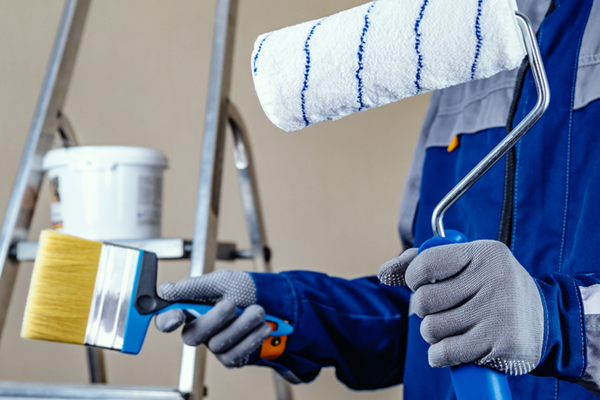If you’re new to estimating, stepping into the painting world can be both exciting and a little overwhelming. Whether you’re estimating for interior walls or exterior surfaces, getting your numbers right is essential to winning bids, managing costs, and ensuring happy clients.
Painting estimating services are your secret weapon. They help you break down complex projects into clear, manageable parts so you can deliver accurate, professional estimates every time.
In this guide, we’ll walk you through the basics of painting estimating for both interior and exterior jobs. You’ll get a simple step-by-step process, practical tips, and the motivation you need to become a confident estimator. Let’s get started!
Why Painting Estimating Services Matter
Painting might seem straightforward, but estimating the true cost involves much more than just counting walls and slapping on a price per gallon of paint. You need to factor in surface preparation, materials, labor, equipment, and more.
Using professional painting estimating services ensures you:
· Provide accurate bids that cover all aspects of the job.
· Avoid cost overruns by planning for materials and labor correctly.
· Impress clients with transparent and detailed estimates.
· Save time with organized and efficient processes.
Step-by-Step Guide to Painting Estimating for Interior and Exterior Jobs
1. Understand the Project Scope
Start by reviewing the project details:
· What surfaces will be painted? Walls, ceilings, trim, doors, or exterior siding?
· What type of paint is specified (latex, oil-based, specialty finishes)?
· Are there any special requirements like waterproofing or texture coatings?
· What is the timeline and client expectations?
Pro Tip: Visit the site or ask for photos if you can. Seeing the surfaces firsthand helps you anticipate challenges.
2. Measure Surface Areas
For both interior and exterior jobs, accurate measurements are key.
· Use blueprints or measure on-site to calculate wall, ceiling, and trim areas.
· Subtract openings like windows and doors to avoid overestimating.
· For exteriors, include surfaces like siding, fascia, and soffits.
Pro Tip: Use digital tools or apps to speed up measurements and reduce errors.
3. Assess Surface Conditions
The condition of the surfaces affects preparation time and materials:
· Are the walls cracked, peeling, or dirty?
· Will sanding, patching, or priming be needed?
· For exteriors, check for mold, mildew, or weather damage.
Pro Tip: Be realistic about prep work—underestimating this can quickly eat into your profits.
4. Calculate Material Quantities
Estimate how much paint, primer, and other supplies are needed:
· Check manufacturer coverage rates (usually given in square feet per gallon).
· Include extra for multiple coats and waste.
· Don’t forget brushes, rollers, tape, drop cloths, and cleaning solvents.
5. Estimate Labor Costs
Determine the labor required based on surface type and prep work:
· Calculate hours for preparation, painting, and cleanup.
· Use crew size and wage rates for cost calculation.
· Adjust for factors like height (ladders or scaffolding), access difficulty, and weather for exterior jobs.
Pro Tip: Talk to experienced painters to gauge realistic productivity rates.
6. Factor in Equipment and Miscellaneous Costs
Include costs for:
· Equipment rentals (sprayers, scaffolding).
· Safety gear and permits if applicable.
· Travel or mobilization fees.
7. Add Contingencies
It’s smart to include a contingency (usually 5-10%) for unforeseen issues like extra prep or weather delays.
8. Review and Present the Estimate
Double-check all calculations and assumptions. Present the estimate clearly with itemized sections for materials, labor, and extras.
Practical Tips for Beginner Estimators
· Use Estimating Software: Tools like PlanSwift or Buildertrend can simplify takeoffs and calculations.
· Keep a Project History: Save data from past jobs to improve future estimates.
· Communicate with Clients: Explain your estimate clearly to build trust and avoid surprises.
· Stay Updated: Paint prices and labor rates can change—keep your numbers current.
· Be Conservative: When in doubt, lean towards caution to protect your margins.
Conclusion:
Estimating painting jobs accurately takes practice, but with the right approach and tools, you can master it quickly. Whether it’s a cozy living room or a large exterior siding project, following this guide helps you deliver professional, reliable estimates every time.


Join our community to interact with posts!